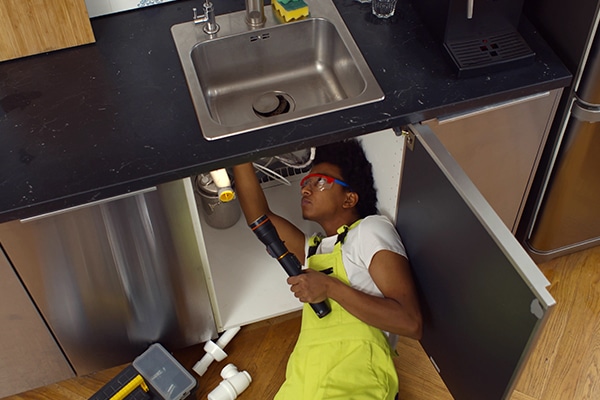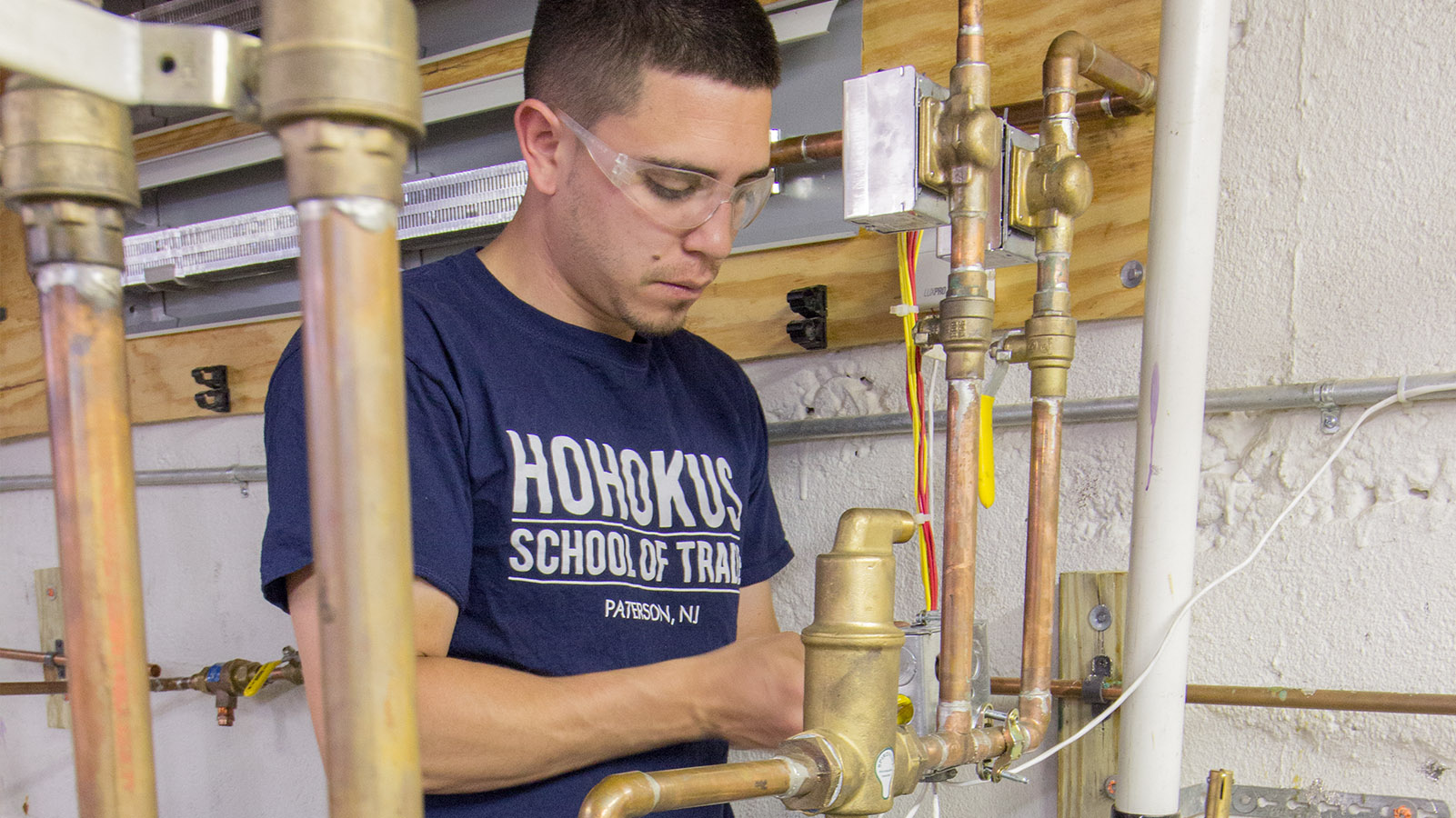Rapid and Efficient Drain Cleaning Alabaster AL Services Available
A Detailed Overview to Reliable Water Heating System Installment for Ideal Efficiency
Beginning on the task of installing a water heating system is a venture that requires accuracy and an organized approach for attaining optimal performance. As you continue, the intricacies of connecting water supply lines and setting up reliable electrical or gas links wait for, appealing understandings into making sure performance and reliability.
Choosing the Right Water Heating Unit

Next, take into consideration the dimension and capability of the water heating system. It's vital to evaluate your family's warm water demands, which can vary based on the variety of occupants and their usage patterns. A system that's also tiny may result in inadequate warm water, while a large design may result in unnecessary power usage.
Efficiency scores additionally play a critical duty in selection. Search for water heating systems with high Power Factor (EF) scores, showing superior efficiency and reduced power use. Tankless models, though normally more pricey upfront, deal significant power savings in time due to their on-demand heating capacities.
Preparing the Installation Location
Prior to installing a brand-new water heating unit, meticulous preparation of the installation location is vital. It's critical to gauge the area carefully to accommodate the water heater's dimensions, making certain ample clearance around the system for efficient procedure and maintenance.
Inspect the floor for security, as the water heater will certainly need a strong, level surface to operate effectively. If required, mount a drip frying pan under the unit to catch prospective leaks or spills, protecting against water damage to the surrounding area.
Furthermore, guarantee that all required devices and products get on hand before beginning the setup. This includes things such as wrenches, screwdrivers, a level, and any kind of added hardware needed for placing and securing the heating system. A well-prepared installment location sets the structure for an effective water heating unit configuration, enhancing performance and safety and security.
Connecting Water System Lines
When connecting water supply lines to your freshly set up water heating unit, it is crucial to make sure that all connections are leak-free and protected to keep efficient procedure and avoid water damage. Begin by recognizing the hot and cool water supply lines. The cool water inlet is usually noted with a blue tag or a "C", while the warm water outlet is marked with a red label or an "H".
Use adaptable water heater connectors to facilitate a much easier installment procedure. Before connecting the connectors, put a plumber's tape around the threaded ends of the water heating system's inlet and electrical outlet pipes.
When connections are in location, gradually activate the primary water supply shutoff. Inspect each connection for leaks by visually examining and feeling for wetness. Tighten up links as necessary, and make certain the stress relief valve is properly mounted, guarding against extreme stress build-up.
Setting Up Electrical or Gas Connections
Correctly setting up the electric or gas links for your water heater is a vital step to make sure risk-free and effective procedure. For electric water heating systems, start by verifying that the read this article electric circuit is compatible with the heater's voltage and amperage demands.
For gas hot water heater, security is vital. Validate that the gas supply is off prior to continuing. Connect the gas line to the hot water heater using an adaptable gas adapter, guaranteeing it is read this properly threaded and sealed with pipeline joint compound or Teflon tape appropriate for gas links. Tighten up the links with a wrench, making sure not to over-tighten (Plumbing Services Alabaster AL).
Once links are made, examine for any potential leakages. For gas lines, apply a soapy water remedy to the joints; bubbles indicate a leak. For electrical links, double-check that all electrical wiring is safe and correctly insulated, maintaining compliance with local electric codes.
Readjusting and testing for Efficiency
With the electrical and gas links firmly in place, the next action is examining the operational performance of your hot water heater. Begin by thoroughly transforming on the water supply and making certain there are no leakages at any of the joints or valves. Once confirmed, continue to fill the container, taking notice of the pressure and temperature setups. It is recommended to establish the thermostat to a suggested temperature level of around 120 ° F(49 ° C) to stabilize power performance and comfort.
Following, execute a thorough inspection to make sure the home heating elements or burner are operating properly. For electrical heating systems, use a multimeter to validate if the elements are attracting the proper existing. In gas versions, observe the burner flame; it ought to be steady and blue, indicating reliable combustion.
Readjust the setups as essential to remove inefficiencies. Think about applying insulation steps, such as adding a hot water heater blanket, to further improve efficiency by reducing warm loss. In addition, examine the anode rod's problem, as a worn-out pole can decrease performance and cause tank rust.
Verdict
Efficient water heating system installation is important for guaranteeing ideal performance and energy cost savings. By choosing the suitable kind and dimension, and carefully preparing the setup area, a structure for success is established. Securely linking water system lines and meticulously establishing up electric or gas connections minimize prospective issues. Thorough testing for leakages and precise thermostat adjustments to 120 ° F my explanation improve dependability and performance. Abiding by these steps advertises long-lasting functionality and power conservation in household water heater.

Effectively establishing up the electric or gas links for your water heating unit is a crucial action to make certain effective and secure procedure. For electrical water heating systems, start by confirming that the electrical circuit is compatible with the heater's voltage and amperage needs. Link the gas line to the water heating unit making use of a flexible gas adapter, guaranteeing it is appropriately threaded and sealed with pipeline joint substance or Teflon tape suitable for gas links.